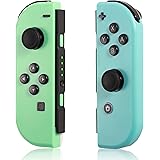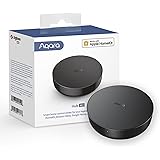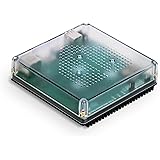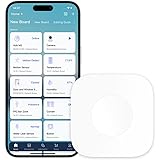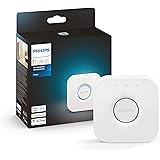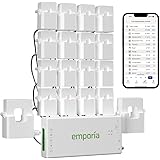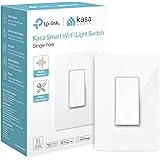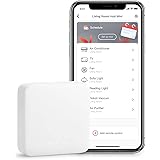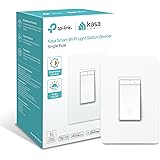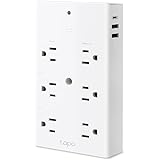Home automation thermostats allow homeowners to control their heating, ventilation and air conditioning systems from anywhere they have an Internet connection. They also provide real-time home energy usage data that can help homeowners identify areas where additional energy savings can be realized.
Smart thermostats can be integrated with other smart devices, allowing users to optimize comfort and energy efficiency across their whole home. For example, smart thermostats can work with connected light bulbs, doorbells, indoor cameras and sound systems to create a smart home ecosystem that is simple to use.
When choosing a home automation thermostat, look for a device that supports your preferred method of control. For example, some models allow you to control your thermostat using your voice with Amazon Alexa. Others have touch screens that offer an easy-to-use interface. Many also feature integration with third-party smart home ecosystems.
One advantage of smart thermostats is that they can learn your daily routine and adjust the temperature automatically. For example, if you normally leave for work at the same time every day, your smart thermostat can automatically lower the temperature at that time to save energy. Then, it can raise the temperature before you get home, so your house will be comfortable when you arrive.
Smart thermostats can also monitor and adjust for the outside temperatures, humidity levels and your family’s schedule to save energy in the long run. They can even alert you if they detect an unusual increase or decrease in your energy usage, allowing you to take corrective action.
Another important aspect of a smart thermostat is its compatibility with your HVAC system. Most smart thermostats are compatible with a wide range of heating and cooling systems, including traditional central air, heat pumps and zoned systems. Some models are also designed to work with ductless mini-splits.
Lastly, look for a smart thermostat that provides an easy-to-use mobile app. Most offer an intuitive user experience with clear information about system mode, current temperature, fan setting and set-point temperature. You should also be able to access historical energy usage data on your device.
The best smart thermostats are reliable, customizable and easy to install. They provide advanced features that help homeowners improve their comfort and energy efficiency, while enhancing their overall home safety. In addition, smart thermostats are becoming more accurate as technology advances.
Smart thermostats are available at a variety of price points, making them a practical solution for any homeowner looking to save money and make their home more efficient. To choose the right smart thermostat for your home, consider its cost, feature set and integrations with other smart devices. For example, if you want to integrate your smart thermostat with other smart devices, consider a model that works with Amazon Alexa and can connect with other sensors such as motion detectors and video doorbells for complete home security.
